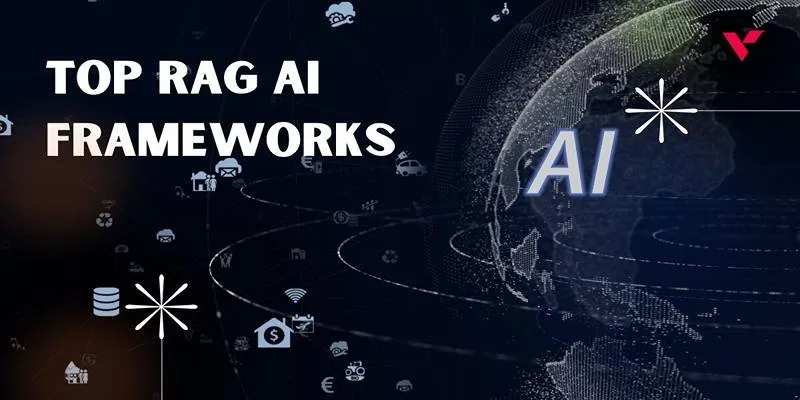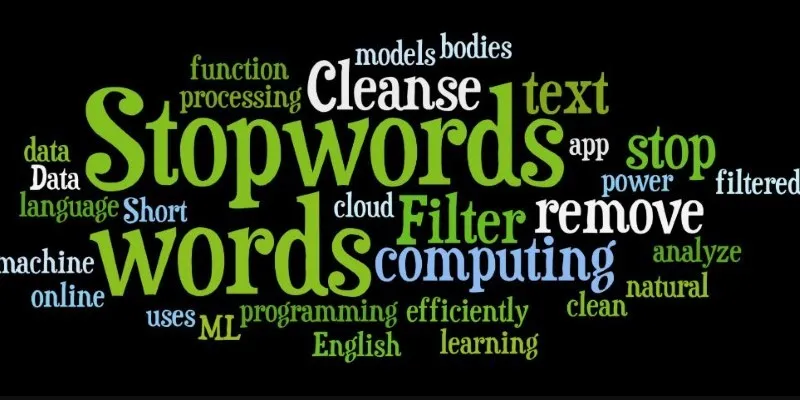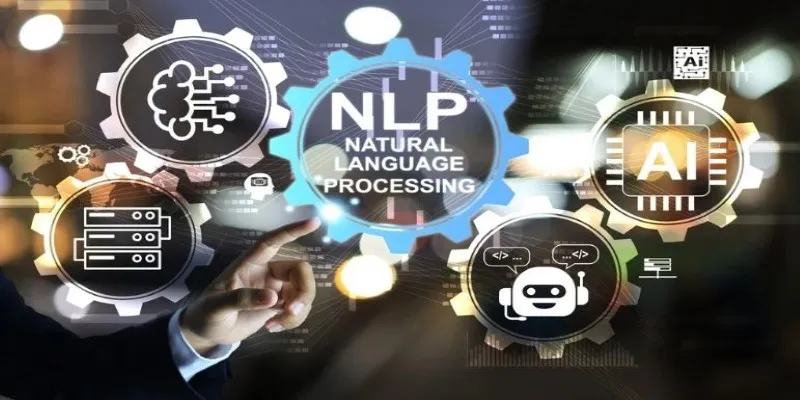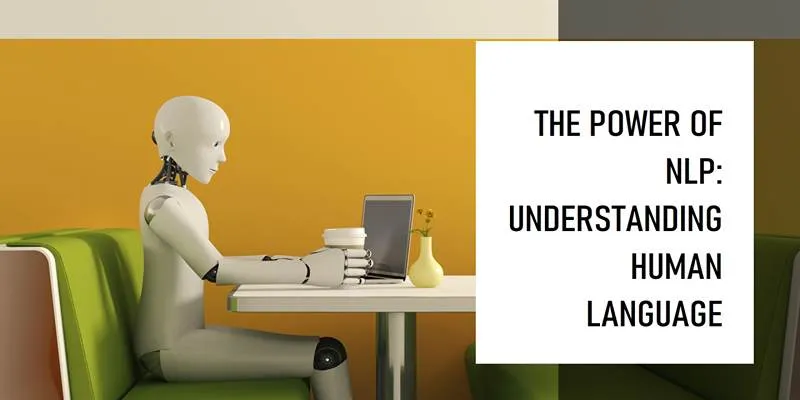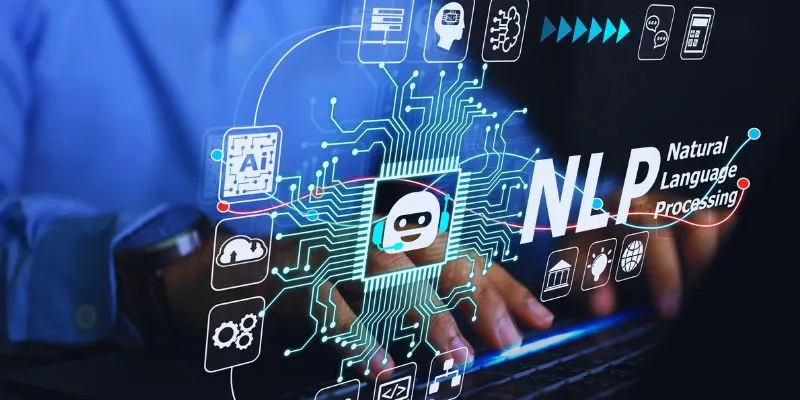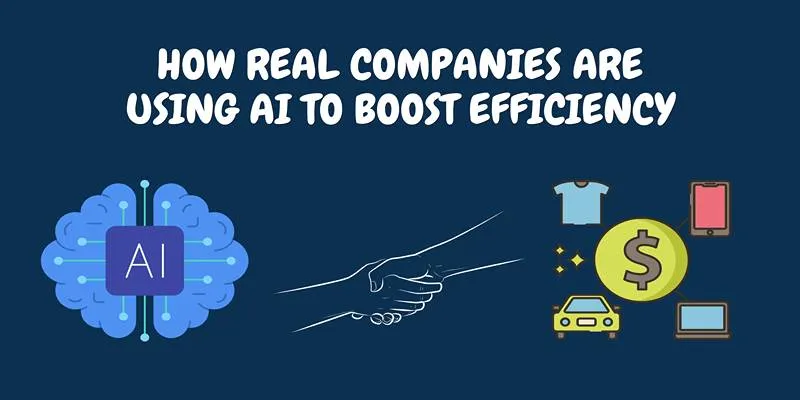Language often conveys more than just words; it carries emotions, intent, and subtle cues about why someone feels a certain way. Understanding emotions from text is already challenging, but identifying what caused those emotions adds another layer of complexity. Emotion Cause Pair Extraction (ECPE) is a field within Natural Language Processing (NLP) that aims to pinpoint not just what emotion is expressed in a sentence but also what specific part of the text triggered it. This guide explains ECPE clearly and conversationally without getting lost in heavy technical terminology, while still covering the nuances of how it works and why it matters.
What Is Emotion Cause Pair Extraction?
Emotion Cause Pair Extraction, often called ECPE, is about more than spotting feelings in a sentence—it’s about uncovering why those feelings exist. Take the sentence “She was happy because she passed the exam.” Here, the emotion is “happy,” and the reason is clear: “she passed the exam.” Unlike traditional sentiment analysis, which stops at saying the tone is positive, ECPE goes further to pinpoint what sparked that emotion.
This makes it much more useful in real-world scenarios. Companies can see not just that customers are upset, but what exactly triggered their frustration. Mental health apps can identify what’s behind a person’s sadness or stress. Even conversational systems can respond more thoughtfully when they understand the source of someone’s emotions.
What makes ECPE challenging is how subtle emotions and their causes can be. People don’t always say things directly. Causes might be implied, scattered across clauses, or wrapped in pronouns and idioms. A good ECPE system needs to understand context and nuance, making it much more advanced—and human-like—than simple sentiment detection.
How Does ECPE Work?
At its core, ECPE involves a few distinct steps. First, the text is split into manageable units, often clauses or sentences. Then, the system identifies parts of the text that express emotions, usually involving some form of classification based on training data. These emotion-bearing segments are then paired with the most probable cause segments from nearby text.

One common method used is sequence labeling. This treats the text like a sequence of tokens and assigns labels to indicate which tokens belong to an emotion, which belong to a cause, and which are neutral. Another approach is based on joint learning, where a single model predicts both emotions and their causes at once, allowing it to capture dependencies between them.
Neural networks, particularly transformer-based architectures like BERT, have improved the accuracy of ECPE. These models can understand context better than earlier techniques, which relied more on manually crafted features or simple word embeddings. Modern models can even handle long sentences where emotions and causes are far apart.
An important challenge ECPE systems must handle is that causes are not always explicitly stated. For instance, a post saying “I can’t stop crying” suggests sadness, but the cause is implied rather than mentioned. Handling implicit causes is an active area of research and remains difficult for even the best systems today.
Applications and Challenges
The appeal of ECPE lies in how it improves the way machines understand human language. In customer service, it helps organizations not just know if a customer is upset but also why, enabling better responses. In mental health contexts, it can highlight the triggers for emotional distress, giving professionals better insights into what support someone might need. Social media platforms can use it to track public sentiment more responsibly, spotting not just trends in emotions but the events driving them.
However, ECPE comes with its own set of challenges. Data is one of the biggest hurdles. Annotating large datasets with emotion-cause pairs is time-consuming, expensive, and subjective, as people may interpret causes differently. This makes high-quality training data scarce. Ambiguity in language is another problem—the same phrase might imply different emotions depending on the context. Cross-linguistic differences add yet another layer of complexity, as expressions of emotion and causality vary greatly between cultures and languages.
Models also struggle when the cause of an emotion is outside the given text, which happens often in real-world scenarios. For example, someone might tweet “Feeling proud today,” without specifying why. Making machines infer context beyond the text remains one of the harder aspects of ECPE.
The Future of Emotion Cause Pair Extraction
ECPE is still developing, but its potential is clear. With growing interest in empathetic AI and more natural human-computer interactions, understanding not just what someone feels but why is becoming more valuable. Research is moving towards models that can handle implicit causes better and generalize across different domains and languages. Transfer learning and few-shot learning are being explored as ways to deal with the scarcity of annotated data.

Another promising direction is integrating world knowledge and commonsense reasoning into ECPE systems. This could allow them to infer likely causes even when they are not spelled out in the text. Hybrid models that combine symbolic reasoning with neural approaches are being tested to address some of these issues.
As these systems improve, they could play an important role in making digital assistants, therapy chatbots, and customer support more human-like and effective. Better ECPE could lead to technology that not only understands what we say but also what we feel and what led us to feel that way.
Conclusion
Emotion Cause Pair Extraction adds a valuable layer of understanding to text analysis by linking feelings to their origins. Unlike basic sentiment analysis, it looks deeper, uncovering the connections that give emotional expressions meaning. This makes it useful in areas where empathy and context are key, from helping companies improve customer experience to supporting mental health work. While it faces challenges like scarce data and language ambiguity, progress in NLP research is pushing the field forward. As ECPE technology matures, it promises to bring machines a little closer to understanding human emotions in a way that feels natural and relevant.
 zfn9
zfn9





